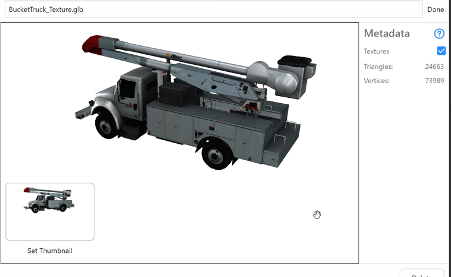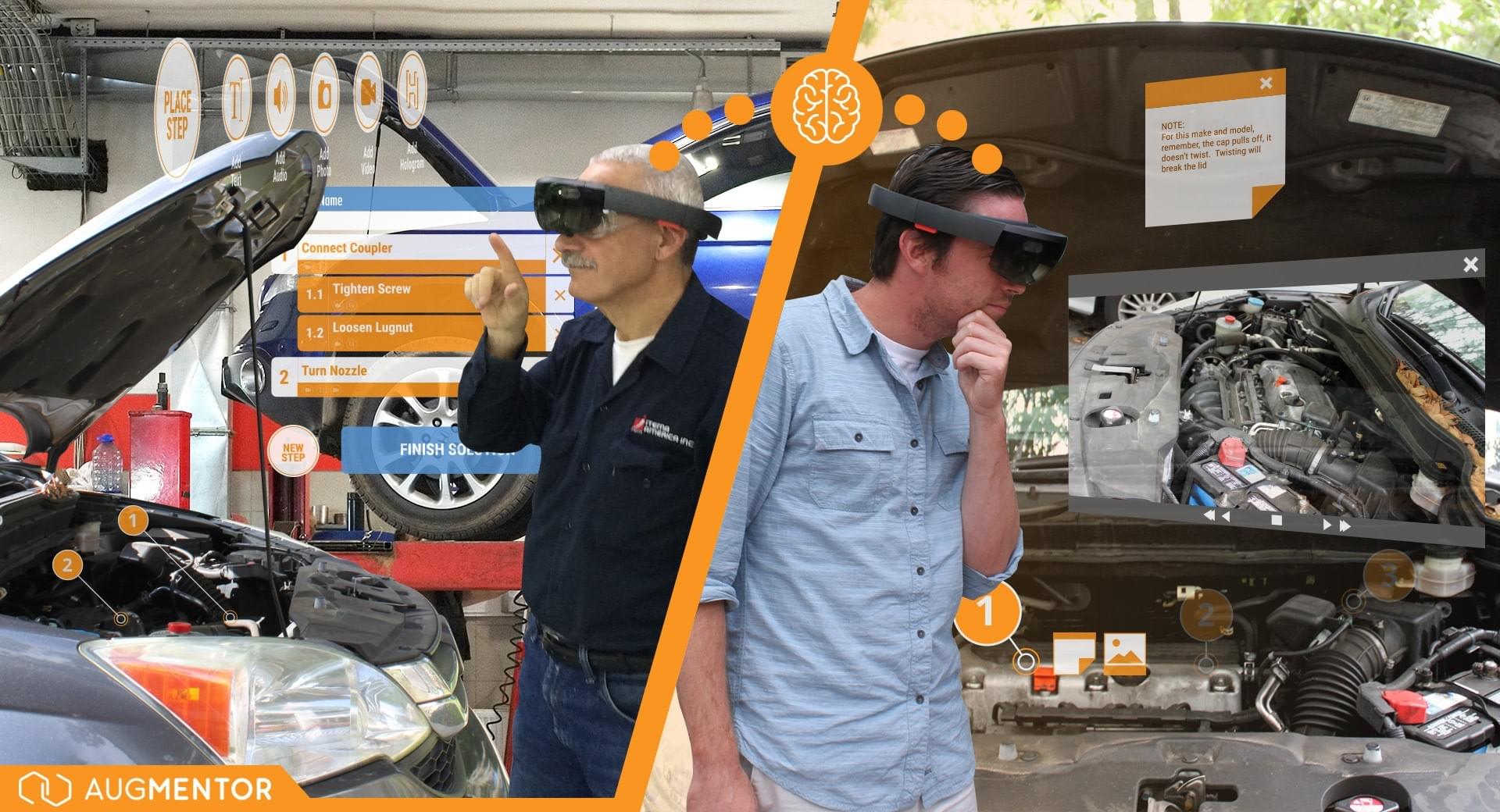The growing demand for distance learning has spurred innovation in educational technologies, with Artificial Intelligence (AI) leading the charge. Coupled with Augmented Reality (AR), AI-driven software has the potential to transform remote education, delivering personalized learning experiences and enhancing engagement. However, selecting the right AI-powered platform requires careful consideration to ensure it aligns with institutional goals, addresses learner needs, and maximizes return on investment. Below, we outline the best practices for choosing AI-driven software for distance learning and highlight the benefits of combining AI and AR solutions.
Understand Your Objectives to Ensure System Compatibility
The first step in selecting an AI-driven platform is identifying your organization’s goals. Are you looking to improve training engagement, streamline administrative processes, or provide tailored learning pathways? AI excels in automating repetitive tasks, offering predictive analytics, and delivering adaptive learning experiences. Clearly defining your objectives will help narrow your options and ensure the chosen platform addresses your priorities.
At the same time, it is essential to assess how well the AI-driven solution integrates with your existing systems, such as Learning Management Systems (LMS) and other educational technologies. Seamless compatibility reduces implementation challenges and allows educators and students to transition smoothly without disrupting workflows. Ensuring integration also maximizes the value of your current infrastructure while enabling the effective adoption of new tools.
Evaluate the Software’s AI Capabilities
Not all AI-driven software is created equal. Look for solutions with robust AI features such as natural language processing (NLP), machine learning algorithms, and predictive analytics. NLP can facilitate intelligent tutoring systems and language learning tools, while machine learning enables platforms to adapt content based on individual performance. Predictive analytics can help identify at-risk students, allowing educators to intervene early and provide targeted support.
Explore the Benefits of Combining AI and AR
While AI is adept at personalization and automation, AR brings an immersive, hands-on dimension to distance learning. Together, these technologies create a powerful synergy that enhances engagement and improves learning outcomes. For instance, an AI-driven platform can identify an employew struggling with a concept and deploy an AR module to provide a 3D visualization, making abstract topics easier to understand. Subjects like anatomy, physics, or architecture become more accessible and engaging when AR provides interactive, real-world context.
Understanding Accessibility for Distance Learning
An effective AI-powered platform should be designed with accessibility in mind. Features such as multilingual support, text-to-speech, and compatibility with assistive devices ensure that all students, regardless of their abilities or backgrounds, can benefit from the software. When thoughtfully integrated, AR further bridges gaps by creating universally accessible learning experiences that accommodate diverse learning styles. Together, AI and AR empower institutions to provide inclusive education that meets the needs of all learners.
Consider Scalability and Long-Term Value
Investing in AI and AR technologies is a long-term commitment. Choose platforms that are scalable and capable of evolving alongside technological advancements. Open APIs, modular designs, and regular updates are indicators of a forward-thinking solution. Scalability ensures the platform can accommodate growth, whether it’s an increase in student enrollment or the addition of new courses and features.
The integration of AI and AR in distance learning software delivers a range of benefits, including:
- Enhanced Engagement: AR’s immersive visuals paired with AI’s personalization ensure students stay motivated and engaged.
- Improved Retention: Interactive AR modules combined with AI-driven analytics help students grasp and retain complex concepts.
- Tailored Learning Paths: AI customizes content delivery, while AR provides experiential learning opportunities, addressing various learning preferences.
- Real-Time Feedback: AI analyzes performance data to provide immediate insights, while AR creates a hands-on environment for practice and improvement.
- Global Collaboration: AR facilitates virtual group projects and AI-powered platforms support seamless communication, enabling students worldwide to collaborate effectively.
Conclusion
Choosing the right AI-driven software for distance learning involves understanding your objectives, assessing capabilities, and prioritizing privacy, accessibility, and scalability. Combining your Ai training with AR solutions like XRMentor®, further amplifies the learning experience, making it interactive and effective. As institutions embrace these cutting-edge technologies, they pave the way for a more engaging and impactful future in education. By following these best practices, educators and administrators can make informed decisions, ensuring their investment in AI and AR technology delivers meaningful results for students and teachers alike.



















